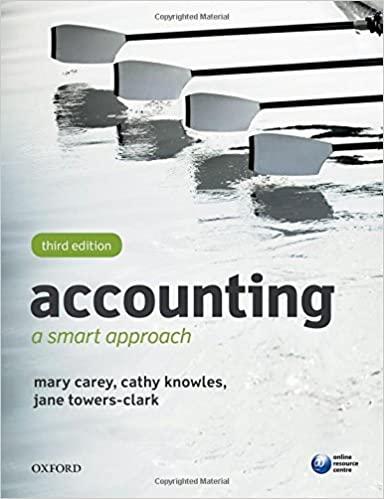Question
Suppose citizens welfare is given by u(h, y) where h is public healthiness and y is income per captia. A) How many first order partial
Suppose citizens welfare is given by u(h, y) where h is public healthiness and y is income per captia.
A) How many first order partial derivatives does the function u have? What are they?
B) Choose one of these and explain what it is describes, in terms of public healthiness and income per captia. During the COVID-19 pandemic, policy makers set lockdown regulations, balancing infection risk against economic outcomes. Let q be the number of hours per day citizens must stay at home. Suppose public health and income per capita are both completely determined by q according to the functions:
h = f(q)
y = g(q)
C) What is the likely effect of lockdown strictness on citizen welfare? Justify your answer mathematically
D) Given your (c) answer, why might have lockdown policy been so contentious?
E) How would you determine the welfare maximizing number of lockdown hours?
Suppose lockdown hours are set at the optimum level, Which is q* = 8.
F) What is the optimum level of public healthiness h*, income per capita y*, and citizen welfare u* ?
G) Describe in words what the level curve u(h, y) = u*
*please answer all questions, thanks*
Step by Step Solution
There are 3 Steps involved in it
Step: 1

Get Instant Access to Expert-Tailored Solutions
See step-by-step solutions with expert insights and AI powered tools for academic success
Step: 2

Step: 3

Ace Your Homework with AI
Get the answers you need in no time with our AI-driven, step-by-step assistance
Get Started


